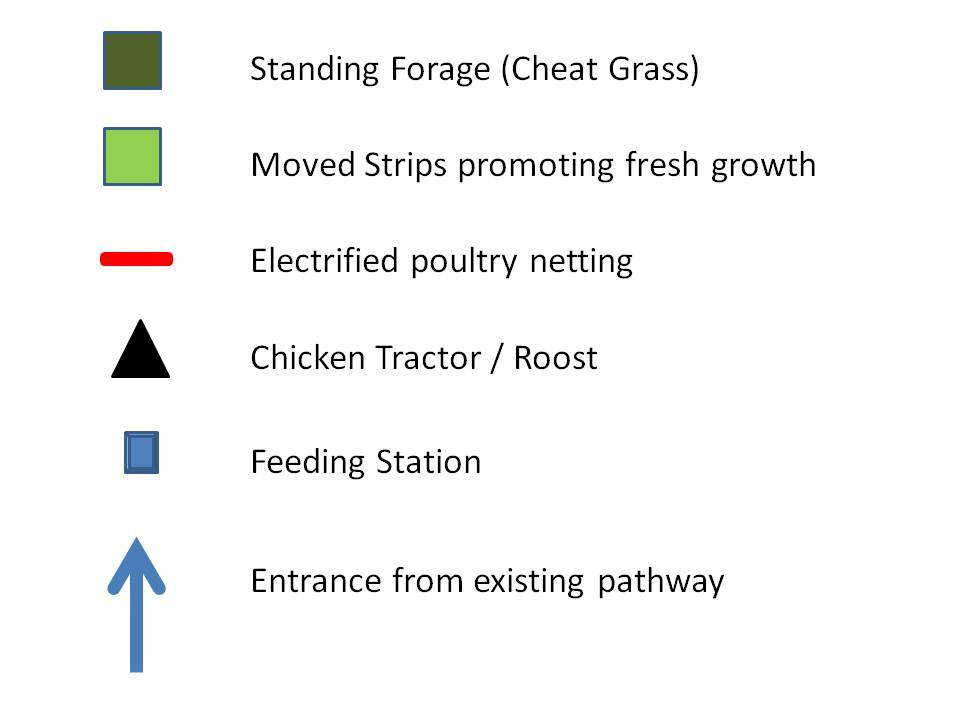- Thread starter
- #231
MULTIPLE HEAVY RAIN EVENTS
Over last couple of days we have had considerable rain with 2" or more per storm. Ground is saturated and water is literally bubbling up out of ground into cock pens where water stands at least 1" deep. Birds are still standing in that mess. Free-range pullets make no effort to avoid torrential rain and appear to be go after insects of some sort coming to surface to breath. Pullets are actually foraging in standing water which is something I never witnessed prior to moving here. Dogs are having a blast running down wet paths a full tilt but this does not make free-ranging birds happy as they have no warning dogs are coming through. Electrified poultry netting is in and will be setup assuming lightening will allow. Pictures will be provided of wiring and overall setup. The netting is very different from the equivalent product sold by Premiere. First length is green rather than orange which will be acquired next month.
Over last couple of days we have had considerable rain with 2" or more per storm. Ground is saturated and water is literally bubbling up out of ground into cock pens where water stands at least 1" deep. Birds are still standing in that mess. Free-range pullets make no effort to avoid torrential rain and appear to be go after insects of some sort coming to surface to breath. Pullets are actually foraging in standing water which is something I never witnessed prior to moving here. Dogs are having a blast running down wet paths a full tilt but this does not make free-ranging birds happy as they have no warning dogs are coming through. Electrified poultry netting is in and will be setup assuming lightening will allow. Pictures will be provided of wiring and overall setup. The netting is very different from the equivalent product sold by Premiere. First length is green rather than orange which will be acquired next month.












